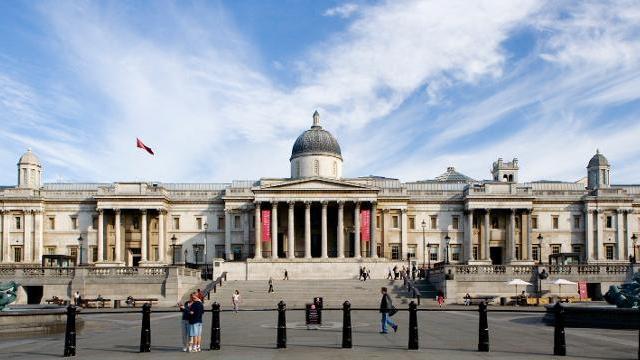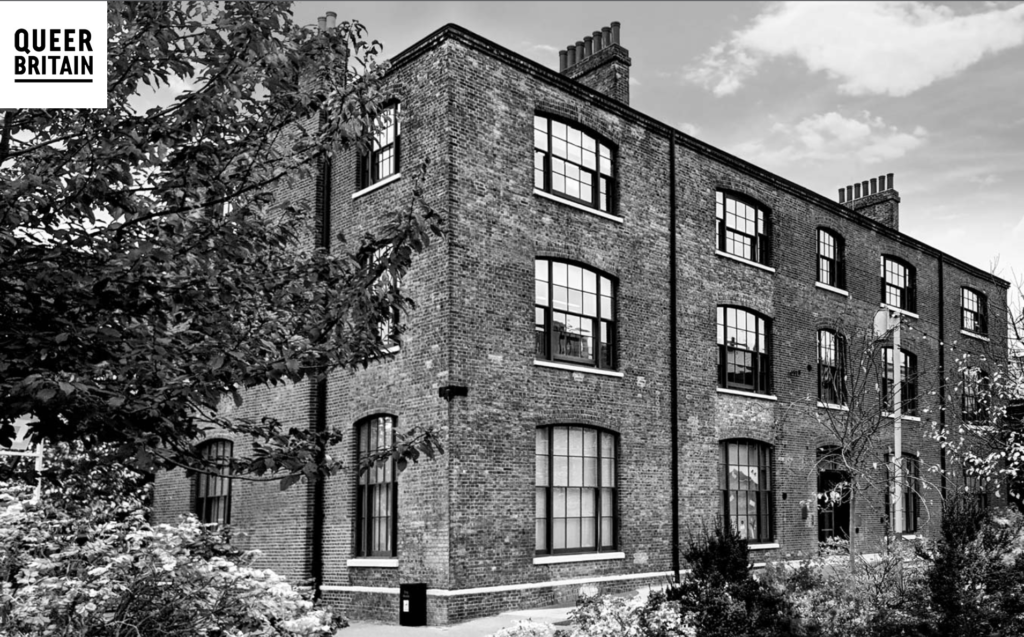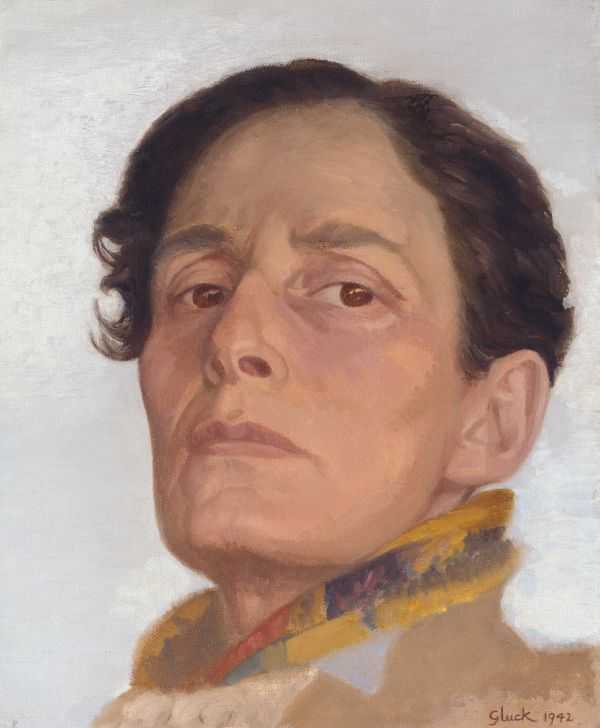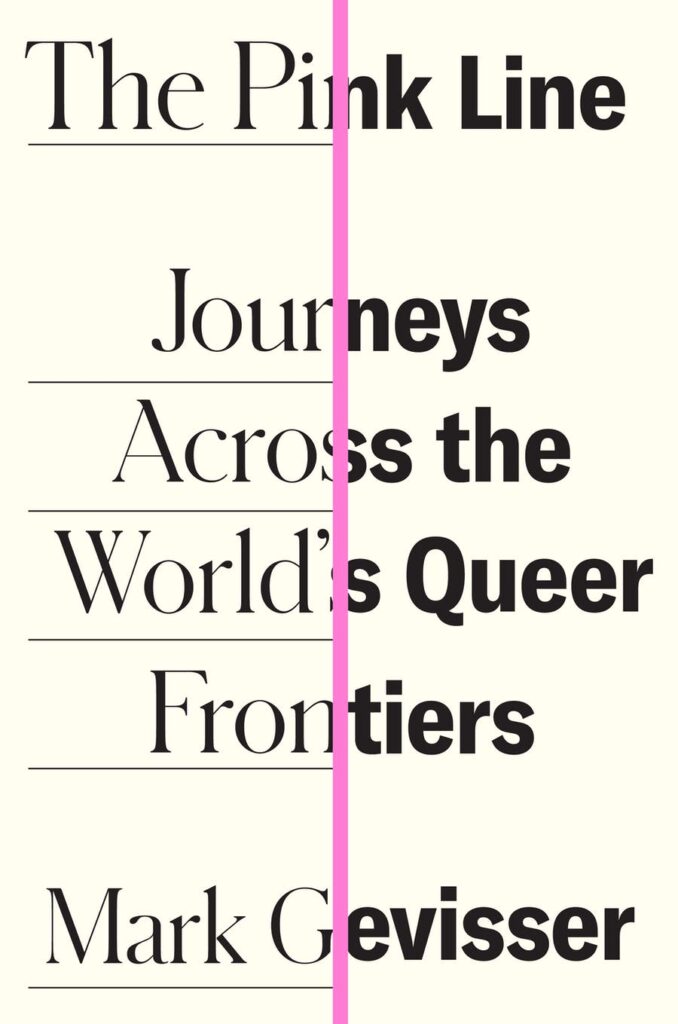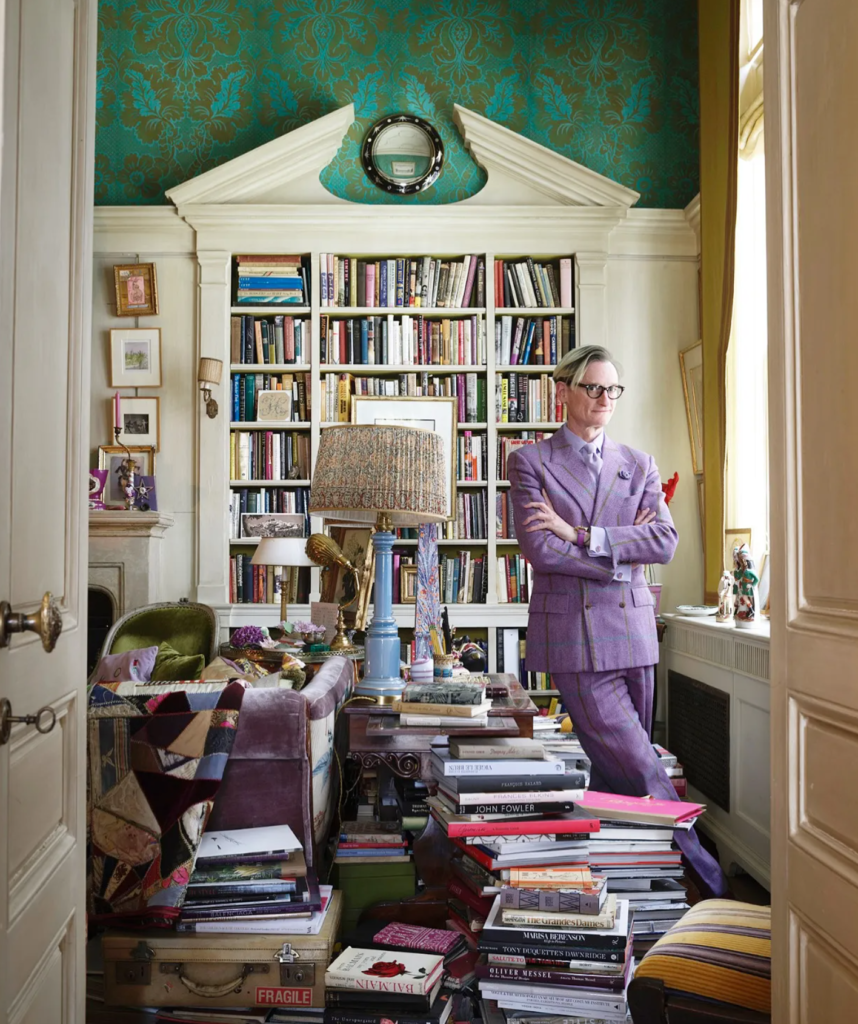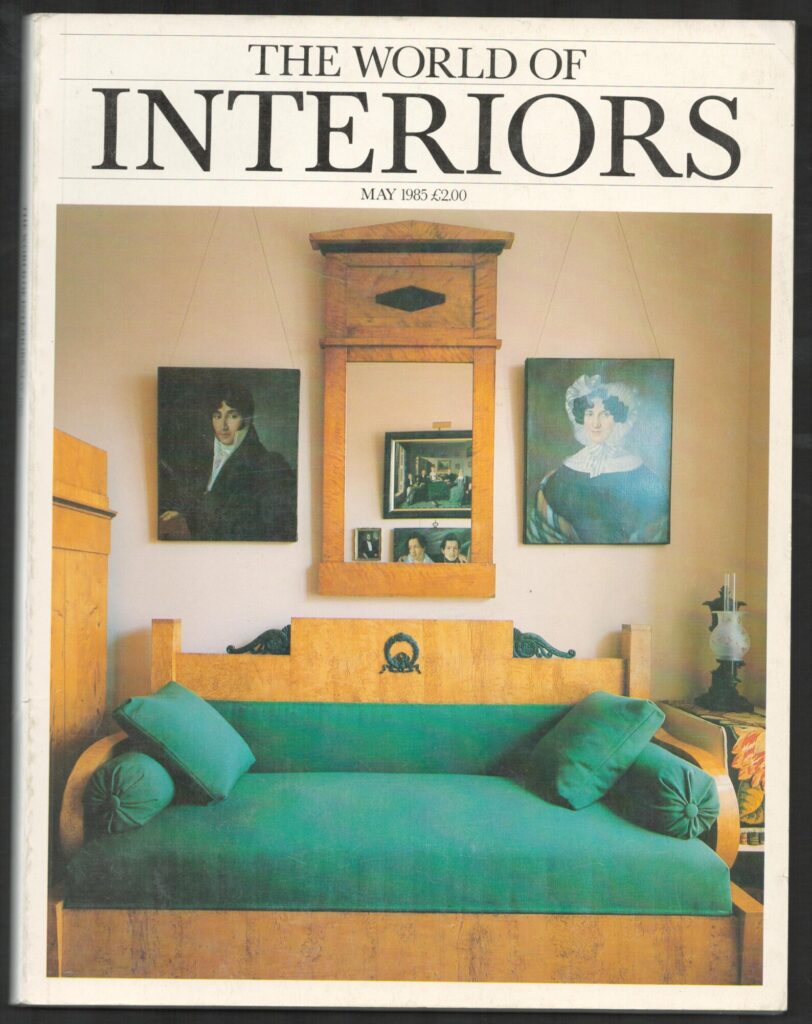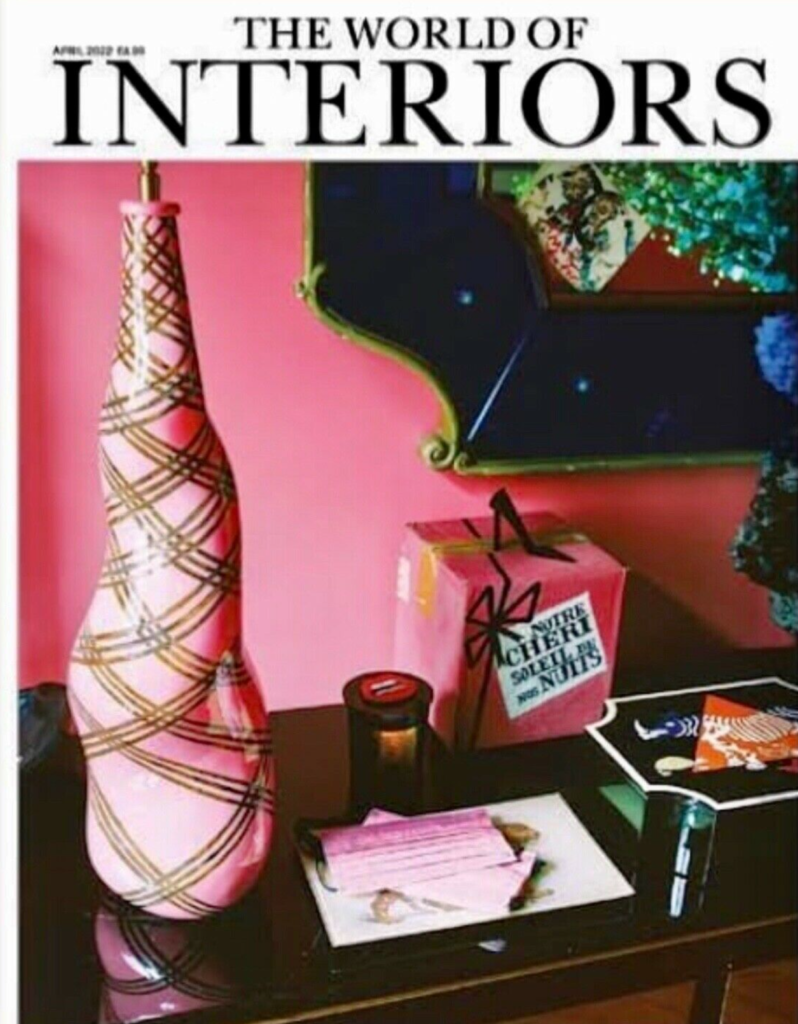Some of my gentle readers will already be aware that this fall I am carrying my own arts career forward by advanced study at the Warburg Institute. Charitably offering me a place following a 20-year hiatus, a return is something I greatly look forward to. Coincidentally, the Warburg and its redoubtable director Dr William Sherman offered an online course this last week on Renaissance code and cipher, which course I was pleased to join. All this sounds forbidding and abstruse, but I must say, Professor Sherman made it anything but and I’m sure every attendee enjoyed it, which enjoyment made easy an understanding of the subject matter.
With all that, I was put in mind of another man of redoubtable character, Sir Ernst Gombrich, whose book The Story of Art made him, arguably, the most famous director in the Warburg’s history. Redoubtable, but as I was reminded when I watched on YouTube a 1995 interview he gave to Charlie Rose, modest but frank, and I was, as one tends to be when someone great repeats an opinion held by oneself, cheered when Gombrich said his favorite museums were small ones. Large collections, if I remember rightly, Sir Ernst said gave him indigestion.
As indeed they sometimes do me, too. Mind you, the National Gallery is impressive beyond description for the totality of its holdings, but the effect is too often that totality minimizes very many of the works on show and lionizes others. I cannot think very many people, were they to consider the matter, would think Reynold’s blustery portrait of Banastre Tarleton on a par with Jan van Eyck’s exquisite Arnolfini Marriage. But I suppose that’s the point I’m making- that they are under the same roof renders them, prima facie, of equivalent merit.
Years ago, I taught several sections of art history and a student asked a question I’ve often heard over the years, to the effect of what it was that made any artistic opus one of museum quality. My answer was then as it is now- because it’s in a museum. Glib and circular, but of course, someone, or a collection of someones, and not God, made the decision to acquire an artwork for an institution based on some manner of criteria that may, or may not, have made sense at the time the decision was taken. Whoever thinks these criteria are something sacred, rigidly permanent, and immutable needs to see the vast numbers of works currently being deaccessioned to know that is not the case. The current rather euphemistic phrase museums are fond of employing is rationalizing their collections.
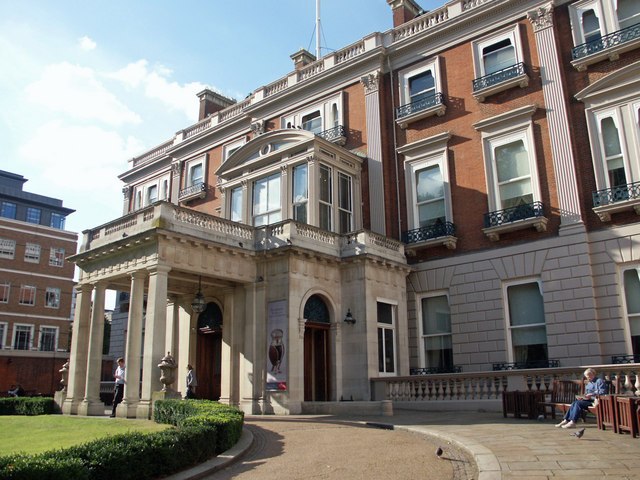
I am reminded of a construct Gombrich developed many years ago in Art and Illusion, what he termed cultural schemata. What people see and what they think they see may be quite different things. A big public gallery designed in a classical idiom- and this applies to a similarly large and similarly styled stately home- and a gothic cathedral are all powerful signifiers of immense importance which must perforce apply to any cultural artifacts- including paintings and sculpture- contained within. As I had once heard it said of Antony Blunt, his exhortation to his students was ‘Just look at the pictures.’ Hard to do when one is overawed by the setting, and in Gombrich’s case, given indigestion.
What I less elegantly call the big house effect is still very much an activating force in the world of art. Although the number of museum attendees has rather dwindled in the last decade- COVID aside- people still expect to see works by familiar names they consider, if only because their work is in an edifice as grand as a museum, as masters. But living artists of all stripes and levels of ability seek validation through a mention on their own CV’s that their work is held by various permanent collections. In my own brief sojourn into the museum world, I think of the almost daily receipt of some manner of work an artist sought to give to the contemporary art museum at which I was then employed. Admittedly, my appointment was a temporary one that lasted only a few months, but even so, I cannot now remember a single work that was accepted into the museum’s permanent collection or- and perhaps this is more telling- the names of any of the artists who proffered their work.
A museum’s rationalizing its collections is also given to mean a significant move toward inclusivity, selling off older works and acquiring those newer that at last acknowledge artistic production within cultures and ethnicities that until recently have been little considered. Laudable, and an acknowledgment, as well, of galleries’ changing constituencies. But works on show don’t immediately become canonical, and it must be remembered that museum attendees, again a nod toward Gombrich, wish to see what they think they ought to see. Will the big house effect continue to contribute an importance to new works, and fast track them into the canon? I hope it will, but it remains to be seen.

